PG decided to conduct an ai art experiment.
He created four images with the identical prompt, “Mona Lisa in the style of Leonardo DaVinci” and here’s what he got, four different images via one of the most commonly-used AI art generators – DALL·E 2 – OpenAI
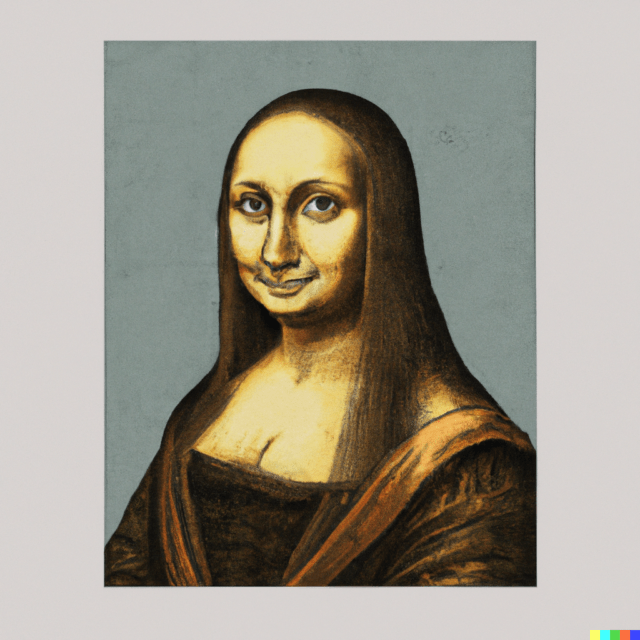
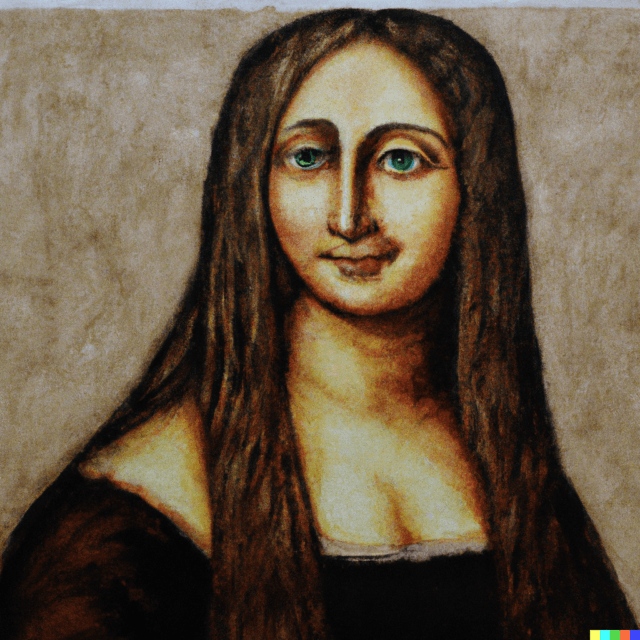
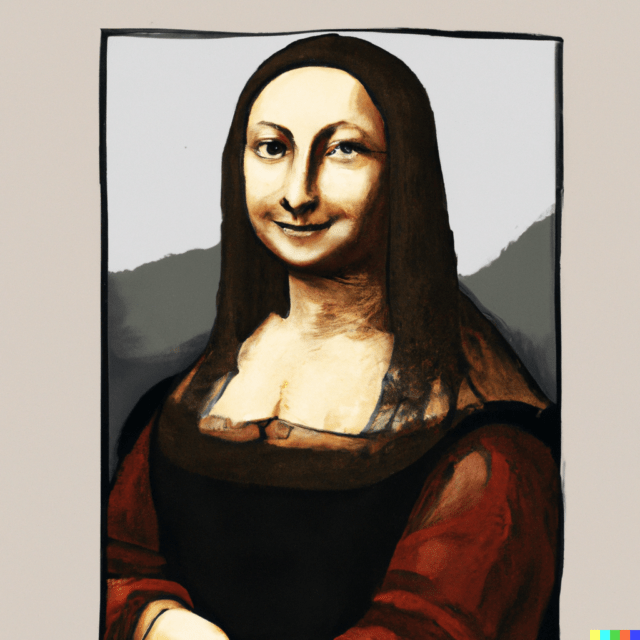
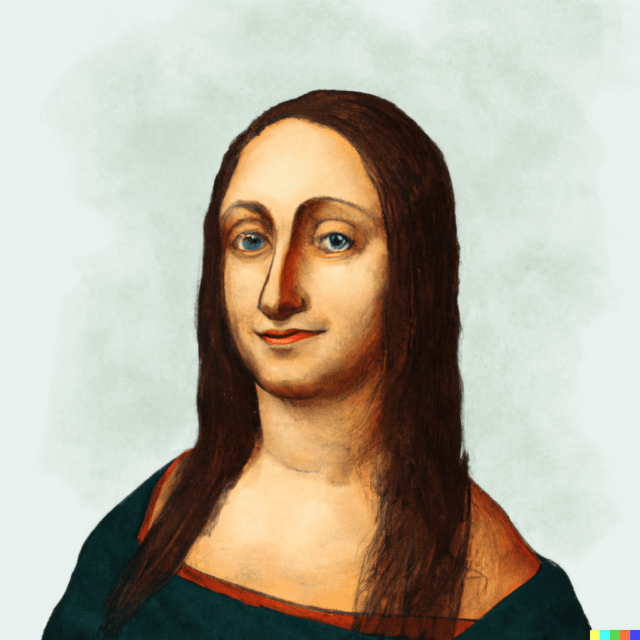
And, finally, here’s a copy of the real thing:
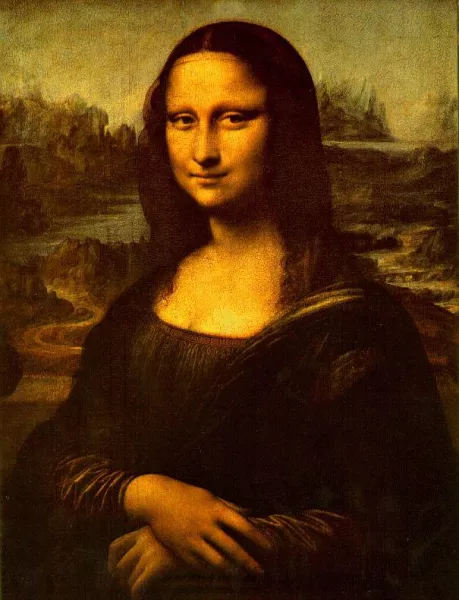
PG posits that, if Leonardo had finished his painting a couple of years ago and registered it with the United States Copyright Office, he would be very unlikely to prevail in a copyright suit against the creators of any of the AI-generated images or the owners or creators of the programs that generated them.
None of the AI images would serve as a substitute for the original. No one would mistake any of the AI images for the original. At best, the AI images would be non-infringing satirical art. No one would buy an AI image as a substitute for the real thing. No one looking at the AI images would have been fooled into thinking it was a painting created by Leonardo.
PG acknowledges that there are different kinds of technical tools that generate deepfake images of individuals or images of individuals. Those are a different animal from AI Image creators.
https://www.cnet.com/culture/ai-tool-midjourney-drew-this-gorgeous-comic-series-youd-never-know-it/
(1) This is one of the hard problems in copyright law: Determining “substantial similarity” of visual works. If you carefully look at most of the decisions since the early 1960s, you’ll discover that in virtually every instance in which the allegedly infringing work was found “substantially similar” there was — in the record — a formal acknowledgement by the infringing artist(s) boiling down to “I copied this and altered it just enough to be, in my opinion, non-infringing.” But a truly-blind comparison is hard, and the courts desperately try to find another reason for deciding the case the way they “think” it should be. And then, we end up with atrocities like the entire line of Dr Seuss cases out of the 9th Circuit…
(2) …which do not engage with the elephant in the room: The prior fame of the source work. Virtually every college-educated, and most secondary-educated, person in the Western world has seen the Mona Lisa at least once or twice, and can probably describe “that painting” in a manner that someone else could understand it was the Mona Lisa. (Except, of course, for the visually impaired, which is more a baby hippopotamus in the room.) Had PG chosen a substantially less-famous source work — hypothetically, an oil painting of whales breaching near Orcas Island that I saw hanging on the wall in a medical clinic last month — and run that through the AI, we might come up with a different answer.
Which, more than anything else, demonstrates that copyright doesn’t, and cannot, exist in a vacuum… and that anyone who pretends it does is pulling a fast one (probably supercomputer fast in most instances; I’m waiting for the explosion of Steamboat Willie images in a month and a half that will generate lots of trademark “concerns” from The Mouse).
Your argument is true for now, but it reminds me of “security by obscurity.” In this case, “security by technological limitation.” Tech always advances.
Currently AI will produce an inferior version of da Vinci, but I do wonder how this Mona Lisa venture would have fared if the AI were manipulated by an artist or art historian. Or by an average Joe with a version of this software five years in the future.
Da Vinci is a good test subject though, simply because he did like to use the Golden Ratio to compose his paintings, and that seems like something an AI could handle. If someone wanted to produce cover art doing a Last Supper homage a la Battlestar Galactica, it doesn’t currently seem as if the AI can pull it off. Or going extra mile, as in, “put a group of people in a Last Supper composition, but render it as if Burne-Jones or Caravaggio or Dali painted it. But tech always advances, so the AI controversy won’t be going away any time soon.